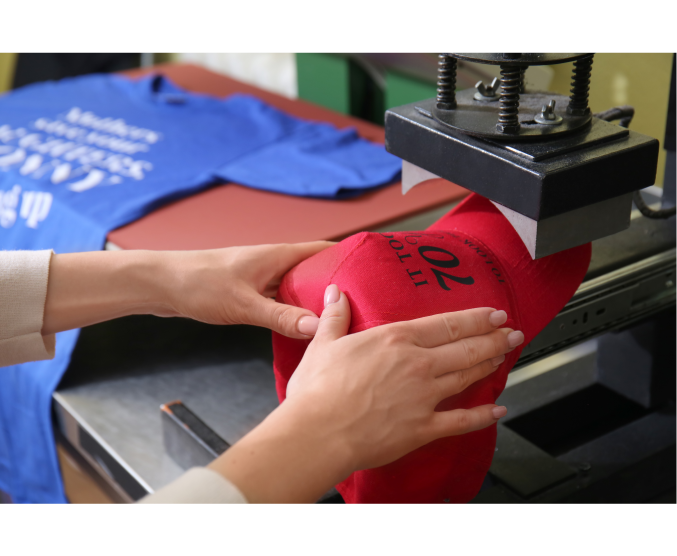
Screen printing is a printing method where ink is transferred onto a substrate (like fabric, paper, or plastic) through a mesh screen. A stencil created on the screen blocks certain areas, preventing ink from passing through, while open areas allow the ink to be squeezed onto the material below. This process allows for vibrant colors and durable prints, making it a favorite for custom apparel and promotional items.
The basic process involves several steps:
Screen printing is incredibly versatile! It can be used on a wide array of materials, including:
Screen printing offers several advantages:
While excellent, screen printing does have some limitations:
When properly cured, screen printed designs can last for many years, often outliving the garment or product itself. The durability depends on the ink type, substrate, and proper care of the item (e.g., washing instructions for apparel).
The environmental impact of screen printing varies. Advancements in water-based inks and eco-friendly practices have made the process more sustainable. Many printing companies are now using biodegradable chemicals and recycling practices to minimize their footprint. For more on how businesses are evolving, you might be interested in understanding what is a supplier and how they adapt to new industry demands.
The primary difference lies in the process and output. Screen printing uses stencils and ink applied in layers, ideal for large quantities and vibrant colors. Digital printing, like an inkjet printer, applies ink directly to the substrate from a computer file, excelling in intricate details, gradients, and smaller runs without setup costs. Learn more about the evolution of printing processes, such as what is web-to-print, which integrates digital technology into ordering and design.
To maximize the life of your screen-printed items:
Yes, basic screen printing can be done at home with starter kits. However, professional screen printing requires specialized equipment for optimal results, especially for commercial quality and durability. For a deeper dive into the promotional products industry, consider exploring what is a distributor and their role in bringing these products to market.
At ASI, we understand the intricacies of the promotional products industry, including the vital role of screen printing. As the largest membership organization in the promotional products industry, we connect suppliers (who often specialize in screen printing and other decoration methods) with distributors, providing the resources, education, and connections needed to thrive. Whether you’re a seasoned screen printer looking to expand your reach or a distributor seeking the perfect print partner, ASI offers unparalleled tools, trade shows, and online platforms to help you succeed. Join the ASI community and elevate your business today! 💪